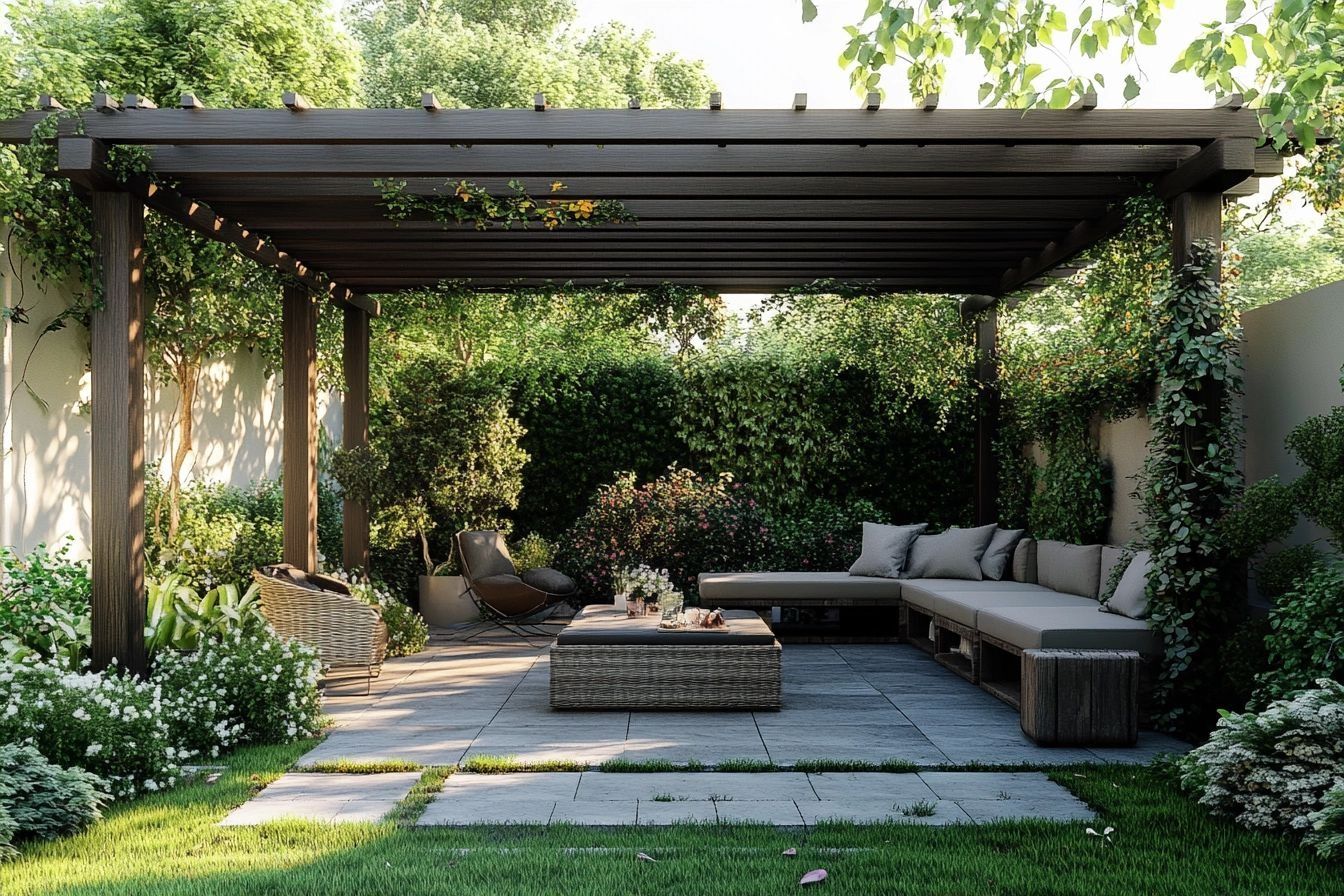Repurposed materials and upcycled features for outdoor charm
Creating an appealing outdoor space doesn’t require new purchases or complex renovations. By using repurposed materials and upcycled features, you can build interest, support sustainability, and enhance functionality on patios, in borders, and around paths. This article explains practical ideas for plants, decor, irrigation, soil, and wildlife-friendly features that suit a range of budgets and skill levels.

How to use plants and perennials in upcycled beds
Upcycled planters turn mundane items into focal points while giving plants a new home. Old wooden crates, metal tubs, and broken ceramic pieces become attractive containers for perennials and annuals when properly prepared with drainage. Choose resilient plants that match microclimates—drought-tolerant perennials on a sunny patio, shade-loving ferns in a salvaged trough. Groupings of similar water needs make irrigation simpler and reduce water waste. Use soil mixes adjusted with compost to improve structure and nutrient availability when planting in unconventional containers.
What DIY decor works with repurposed furniture
Repurposed furniture—benches made from reclaimed timber, coffee tables from pallets, and chairs refreshed with weatherproof paint—adds personality to outdoor rooms. Convert old drawers into herb beds or mount salvaged doors as vertical garden backdrops. When refurbishing furniture for outdoor use, sand surfaces, treat wood with non-toxic sealants, and use outdoor-rated fabrics. Combining DIY decor with durable elements like stone or metal increases longevity. Focus on simple repairs and finishes that enhance functionality and visual cohesion with existing landscaping.
How does sustainability guide material choices
Prioritizing sustainability means selecting materials that would otherwise be discarded: salvaged brick, reclaimed wood, and recycled metal. These reduce landfill waste and often have lower embodied energy than new products. Consider the lifecycle of materials—choose rot-resistant or treated wood for ground contact and non-toxic paints and sealants to protect soil and plants. Upcycling also supports local reuse economies: thrift stores and reclamation yards often provide unique pieces for decor and structural uses. Document the origin of materials to ensure safe reuse, especially for containers that held chemicals.
How can irrigation and soil improvements help upcycled features thrive
Repurposed features perform best when combined with thoughtful irrigation and good soil. Install simple drip irrigation or soaker hoses to conserve water around container groupings and raised beds made from reclaimed materials. Amend soils with compost to improve water retention and nutrient levels in upcycled planters, and use a well-draining mix for containers that rest on impervious surfaces. Mulch around plants to reduce evaporation and suppress weeds; shredded bark or reused landscape fabric under mulch can protect reclaimed wood from prolonged moisture contact.
How to incorporate lighting and pruning strategies
Lighting and maintenance make upcycled spaces functional and tidy after dusk. Solar or low-voltage LED fixtures can be mounted on repurposed posts or jars to highlight pathways and focal pieces without extensive wiring. Keep fixtures rated for outdoor use and positioned to avoid glare. Regular pruning keeps shrubs and perennials in scale with repurposed features; remove dead wood and shape for airflow to reduce disease. Use harvested clippings as carbon-rich material in compost, creating a closed-loop maintenance system that benefits soil.
How to attract pollinators with compost and mulch
Upcycled gardens can support biodiversity by combining habitat features with pollinator-friendly plantings. Create small compost areas from reclaimed containers to recycle kitchen waste and produce nutrient-rich amendments for beds. Use coarse mulch like shredded bark or leaf mold to protect soil and moderate temperature, leaving gaps near stems to allow pollinator access. Plant a mix of native perennials, herbs, and flowering shrubs to provide continuous blooms. Incorporate sheltered nooks—old pallets as bee habitat or stone piles for ground-nesting insects—to increase habitat complexity and support pollinators.
Conclusion Repurposed materials and upcycled elements offer a cost-effective, sustainable route to outdoor charm when matched with suitable plants, soil care, and irrigation. Thoughtful DIY projects—refurbished furniture, salvaged planters, simple lighting—extend the life of materials while enhancing landscape functionality. By focusing on plant selection, maintenance practices like pruning and composting, and wildlife-friendly features, you can create resilient outdoor spaces that reflect practical creativity and environmental awareness.





